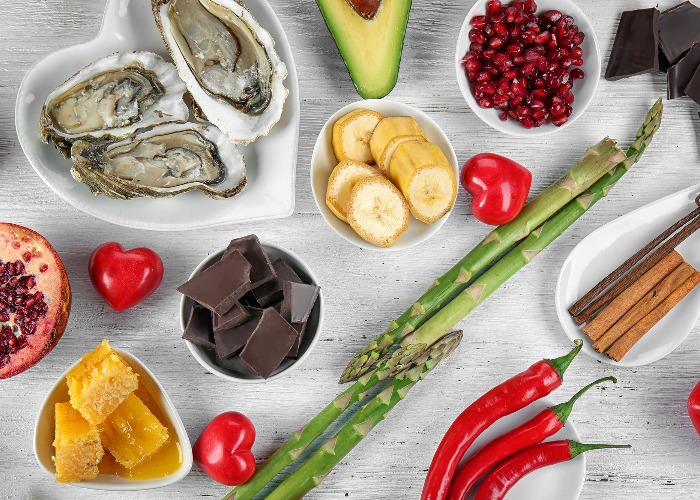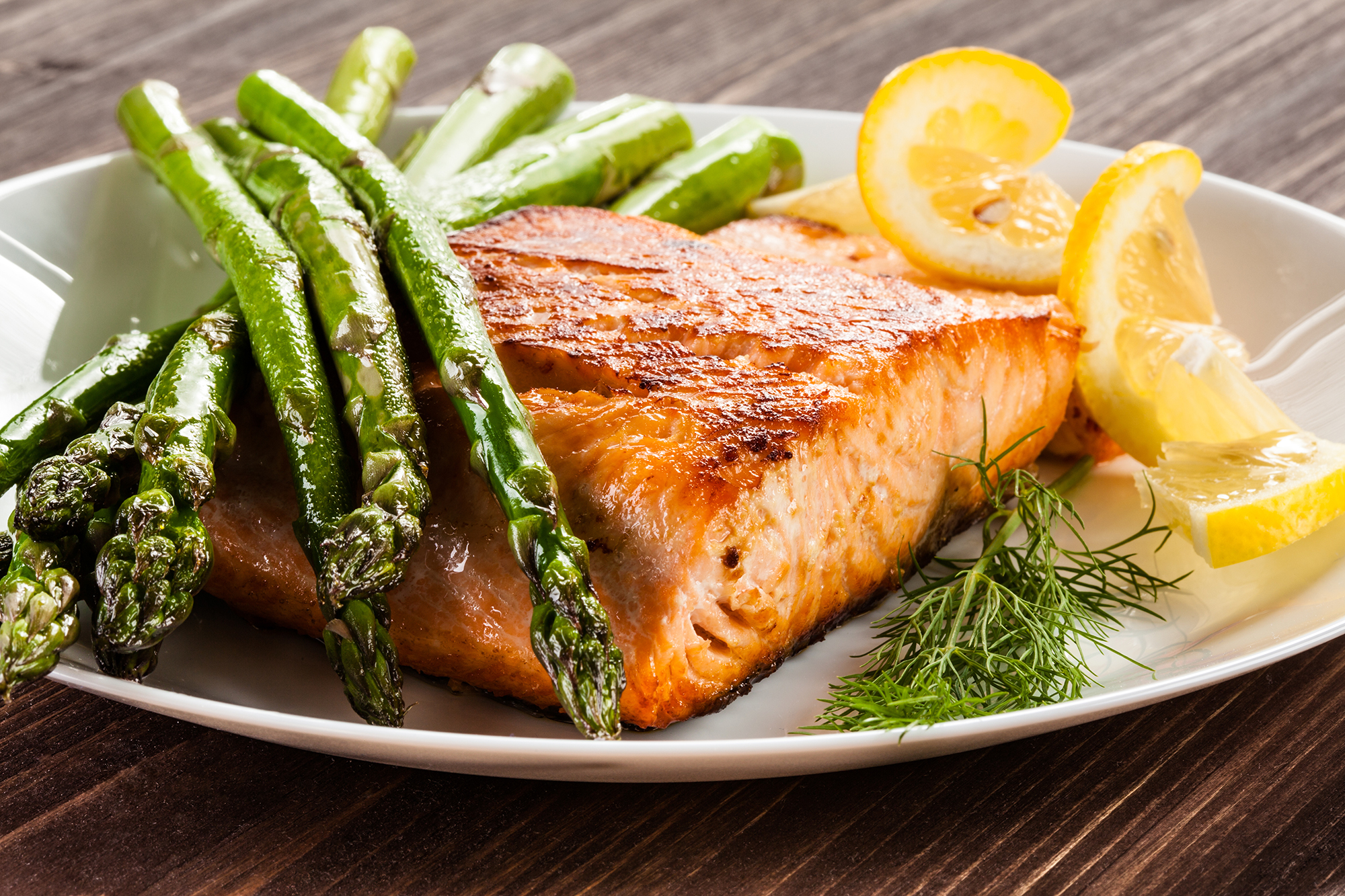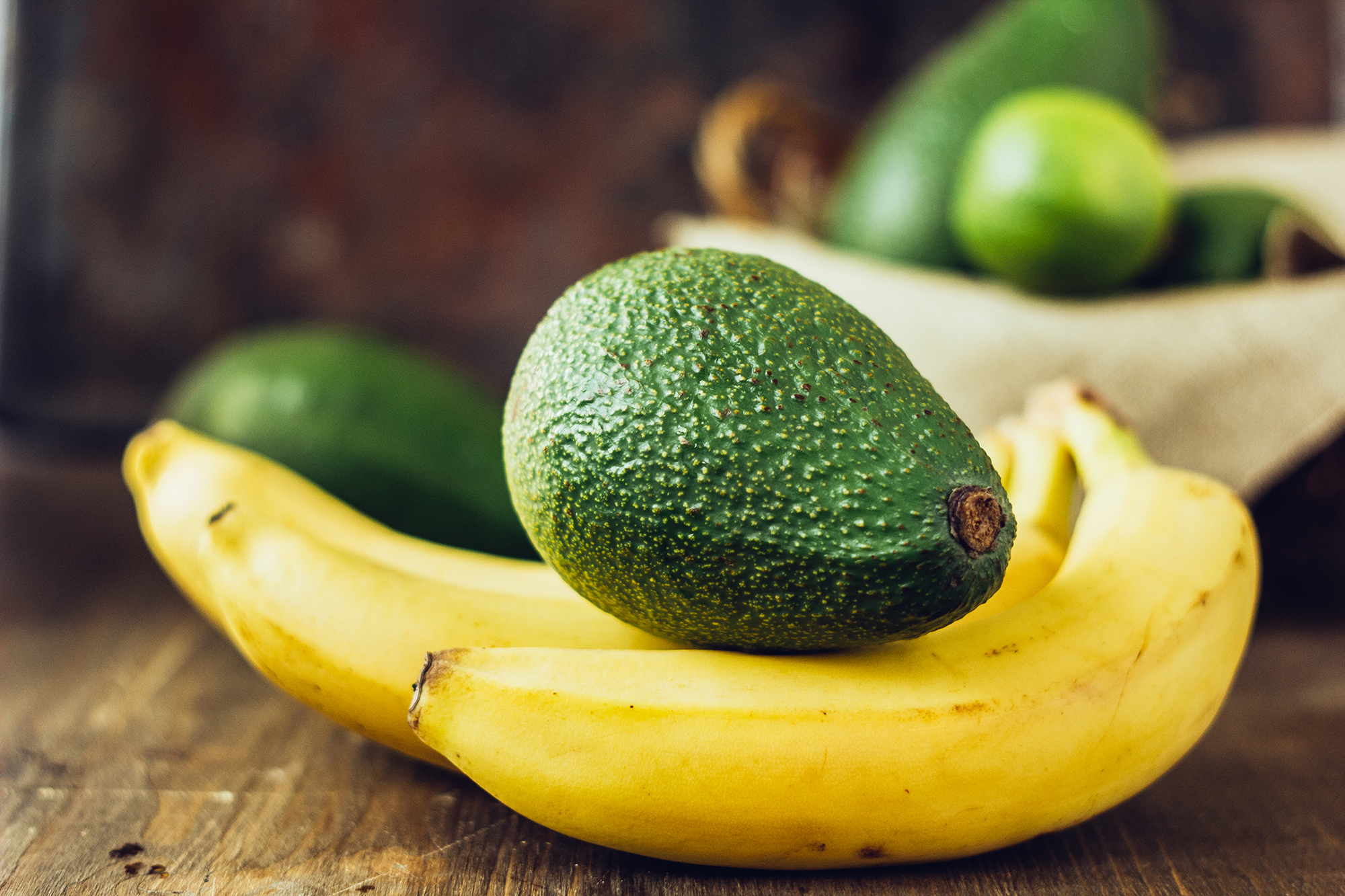What really are aphrodisiac foods?

We’ve all heard about the foods that are supposedly an aphrodisiac. We may have even tried a couple. Sian Meades investigates whether these frisky foods actually work.
Come Valentine’s day every set menu across the country (complete with cheap red rose gift) is whacking together strawberries and oysters in a desperate attempt to get the population laid. As valiant as their attempts may be, the science around food that gets us in the mood is a complicated one.
What foods are aphrodisiacs?
If you're planning on making a frisky three-course meal, it’s a bit of a Ready, Steady, Cook shopping bag. The most famous aphrodisiac foods are oysters which are high in zinc and strawberries which are packed with vitamin C. Asparagus, chocolate, pomegranate and salmon are also all known for their frisky qualities.
Less common offerings from the supermarket sex aisle include walnuts and rocket, so get making that pesto. Red wine and champagne also tend to get a nod from the Serious Sex Scientists that will theoretically get you in the mood.

Jacek Chabraszewski/Shutterstock
Isn’t it all just myths and legend?
Stories behind aphrodisiac foods date back thousands of years – after all, they’re named after Aphrodite, the Greek goddess of love. The Ancient Greeks were really into the idea of sexy foods, especially the powerful properties of honey (bit sticky, but whatever floats your boat, Zeus).
Your favourite fruits have a sexy history – strawberries, figs and pomegranates all play into the “forbidden fruit” theme. When it comes to oysters, none other than Casanova apparently once seduced a virgin by passing a raw mollusc from his mouth to hers. Honestly, we’ve never heard of anything less sexy.

Artur Begel/Shutterstock
How does an aphrodisiac work?
Aphrodisiac properties are often explained by the effect they have on our mind. Some foods and drinks contain the happy chemicals serotonin and dopamine which are a delight for our brains. Chocolate and coffee can help you out there.
For other ingredients, it’s the effect they have on our bodies. Chillies stimulate nerve endings in your tongue and release adrenaline which gets the blood flowing. Watermelon contains citrulline, which relaxes the blood vessels just like Viagra.
Potassium is particularly key – it helps produce sex hormones and can intensify an orgasm. It’s found naturally in phallic-shaped bananas and avocados, which actually got their name from the shape of testicles.
Antioxidants are a big player in aphrodisiacs so fruits like cherries, pomegranates and figs are good for getting down to it. They’re all said to increase blood flow which means your genitals are likely to be more sensitive.

Sharaf Maksumov/Shutterstock
Do different foods work for men and women?
Yes they do. Some chemicals like the happy chemical serotonin can have an impact on both men and women but other foods, such as asparagus and bananas are linked to semen production and testosterone.
Instead, women are said to be more likely to feel frisky after celery, thanks to its very erotic-sounding phyto-androgens.

ArtCookStudio/Shutterstock
Surely there’s a placebo effect?
When it comes to aphrodisiacs, some scientific studies think that the power of suggestion is extremely effective, and in some cases might be just as effective as having a slice or two of watermelon.
It’s also worth considering that something else could be at play: dinner and conversation with someone you care about is really sexy.
In fact, it might be the most powerful aphrodisiac of them all.
You might also enjoy reading:
Comments
Be the first to comment
Do you want to comment on this article? You need to be signed in for this feature